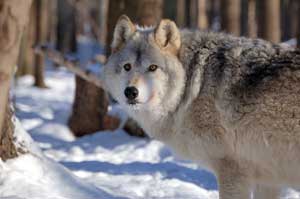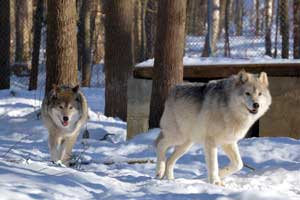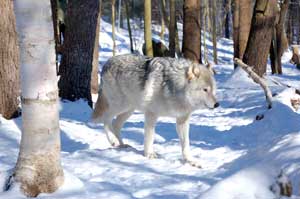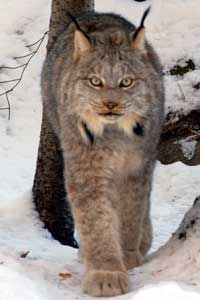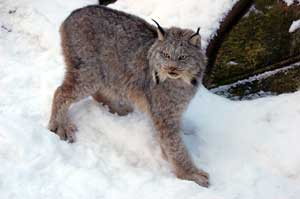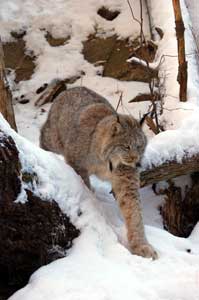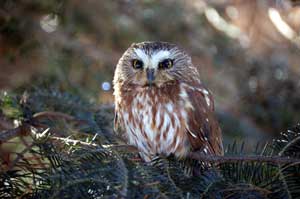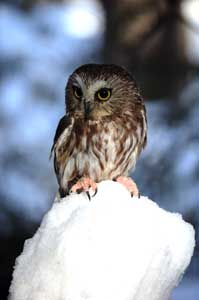
 |
 pictures. I did not know we were going to
get up and personnel with the animals. Very exciting.
pictures. I did not know we were going to
get up and personnel with the animals. Very exciting.Many thanks to Ray and the Muskoka Wildlife Center for a wonderful day. I will be back.
Page Update
April 29, 2021 - The Muskoka Wildlife Centre shut
down in 2013. Many of the animals found at home at Speaking
of Wildlife.

